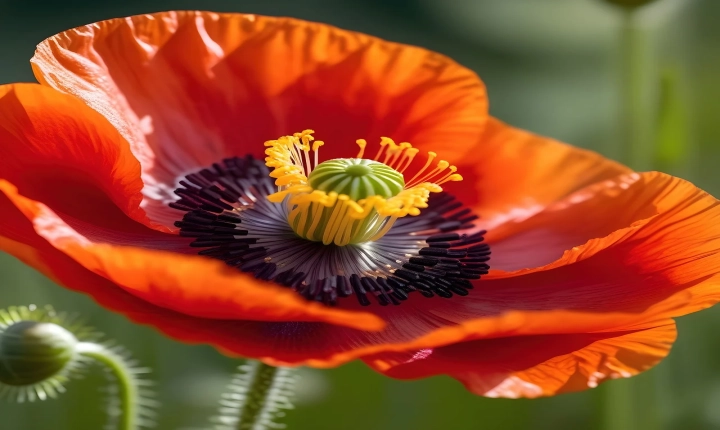Creating a textured floor in Adobe Illustrator can add depth and interest to your illustrations or designs. Whether you’re working on a digital painting, a website, or a flyer, adding a textured floor can enhance the overall look and feel of your project. In this article, we’ll explore how to make a textured floor in Adobe Illustrator, step by step.
Step 1: Open a new document
Begin by opening Adobe Illustrator and creating a new document. Choose the size and orientation that best suits your project.
Step 2: Draw a rectangle for the floor
Using the Rectangle Tool (M), draw a large rectangle that will serve as the floor of your illustration or design. Choose a color that represents the base color of your floor.
Step 3: Apply a gradient fill
With the rectangle selected, go to the Gradient panel (Window > Gradient) and apply a linear gradient fill to the floor. Choose two colors that represent shadows and highlights. Adjust the gradient angle and position to simulate the direction of the light source in your scene.
Step 4: Add a texture image
Find a texture image that suits the style you want to achieve for your floor. There are many free and paid texture resources available online. Place the texture image on top of the rectangle by going to File > Place and selecting your texture image. Scale and position the texture to cover the entire floor.
Step 5: Create a clipping mask
Select both the texture image and the rectangle, then go to Object > Clipping Mask > Make. This will mask the texture inside the shape of the floor, creating the textured effect.
Step 6: Adjust the opacity
To enhance the textured look, adjust the opacity of the texture image. Lowering the opacity can give the impression of the texture blending with the base color of the floor, creating a more realistic appearance.
Step 7: Add details and highlights
Using the Pen Tool (P) or the Shape Tools, add any additional details to the floor, such as cracks, scratches, or patterns, to further enhance the textured effect. Use the same gradient and texture techniques to add depth and dimension to these details.
Step 8: Save and use
Once you are satisfied with the textured floor, save your work and use it as a background in your digital illustration, web design, or any other project in Adobe Illustrator.
Creating a textured floor in Adobe Illustrator is a great way to add visual interest and realism to your designs. By following these steps, you can achieve a realistic textured floor that will bring your illustrations and designs to life. Experiment with different textures and colors to create the perfect look for your project.
